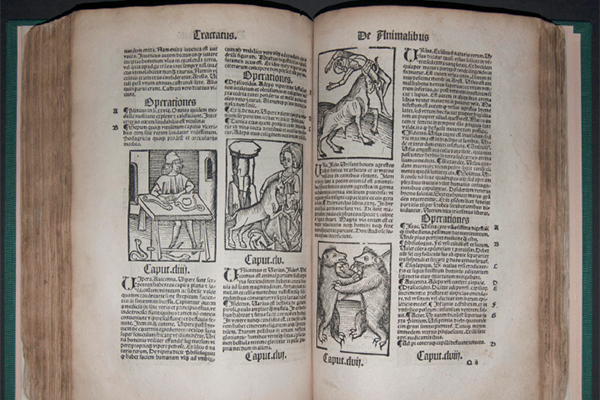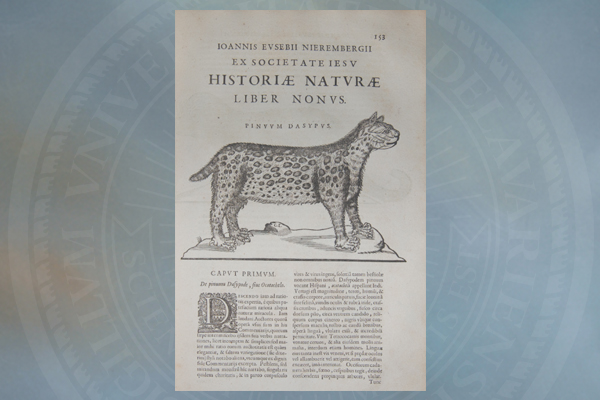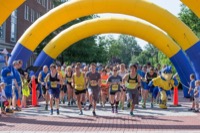


Aug. 19-Dec. 19: 'Animal, Vegetable, Mineral'
University of Delaware Library displays selections from natural history collection
11:04 a.m., Aug. 12, 2014--The University of Delaware Library has announced a new exhibition, “Animal, Vegetable, Mineral: Selections from the University of Delaware Library Natural History Collection,” which will present selections from the extensive natural history collection in Special Collections, located on the second floor of the Morris Library.
The exhibition will be on view in the Special Collections Exhibition Gallery from Tuesday, Aug. 19, through Friday, Dec. 19.
Events Stories
June 5: Blue Hen 5K
June 6-9: Food and culture series
The curators are Timothy Murray, head and librarian, Alexander Johnston, senior assistant librarian, and Curtis Small, assistant librarian, all in the Special Collections Department.
Natural history is perhaps the oldest and certainly the most all-encompassing of the sciences, tracing its origins in the west to the ancient Greek philosopher Aristotle, whose History of Animals (ca. 350 BCE) was one of the earliest studies of the natural world and is a defining moment in scientific writing, and the Roman author Pliny the Elder, whose Natural History (ca. circa 77–79 CE) was an early encyclopedia which became a model for scholarly work for the next several centuries.
For Aristotle and Pliny, natural history referred to the study of knowledge in all its forms, but in the Renaissance and especially during the 18th century, natural history became a scientific subject that evolved into the specialized disciplines which exist today. During this period the fields of natural history also began to favor empirical observation and scientific experiment over the assumed wisdom of earlier texts.
Works of the 19th century displayed a particular interest in studying wildlife in their own environments, whereas many earlier scientists had preferred to make their observations from preserved specimens shipped back to civilization.
In general, natural history incorporates a wide variety of scientific research, primarily the study of living things, but some definitions also include earth sciences, such as geology, mineralogy and paleontology, and it is this broader approach to which the present exhibition adheres.
Natural history research, whether the work of amateur naturalists or highly trained scholars, has produced many of the most remarkable books ever printed from the very first century of printing up to the present day.
“Animal, Vegetable, Mineral” will feature an eclectic selection of natural history books from the 15th through the 19th centuries, including a1511 printing of the Hortus Sanitatis, a late medieval natural history whose woodcuts depict real animals alongside such fantasies as the unicorn and the manticore; foundational works on American zoology, such as Alexander Wilson’s American Ornithology (1808-14) and John Edwards Holbrook’s North American Herpetology (1842), which were among the first books to provide systematic, illustrated descriptions of their respective subjects; early treatises on geology and mineralogy such as Charles Lyell's Elements of Geology (1838) and Giovanni Maria Bonardo's La Minera del Mondo (1589); and scarce 16th century Herbals and Materia Medica.









